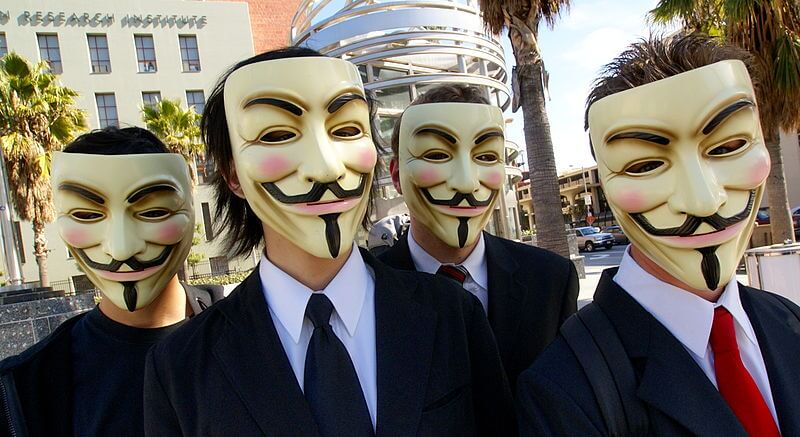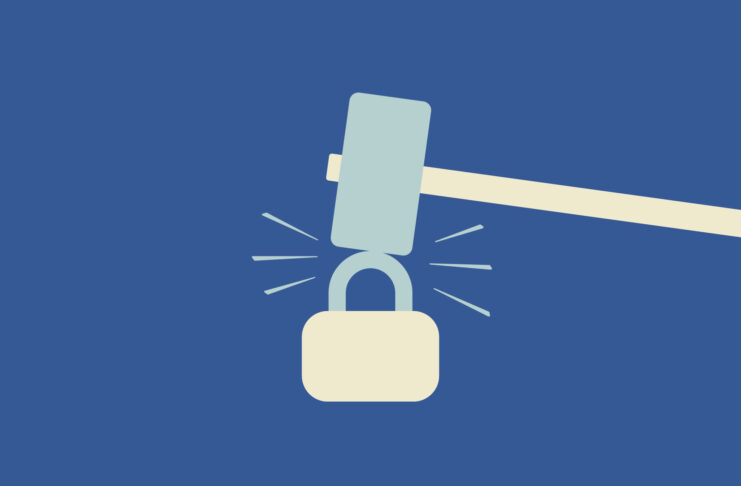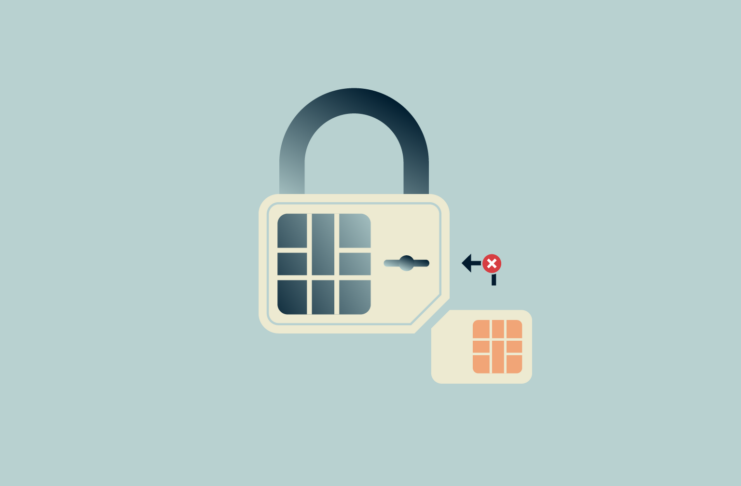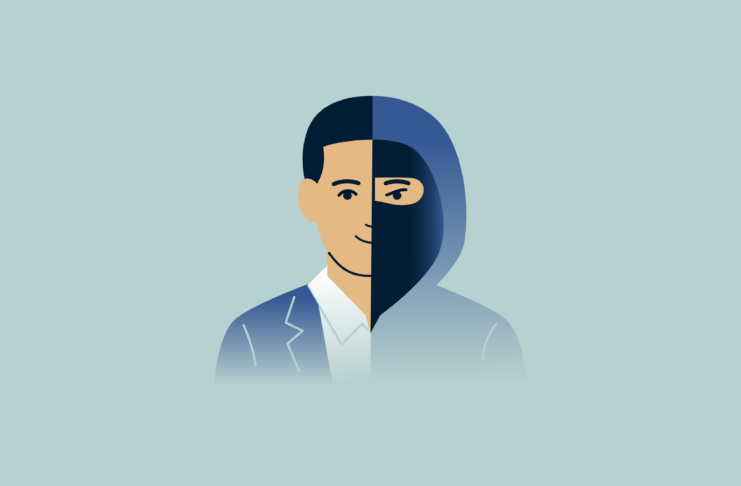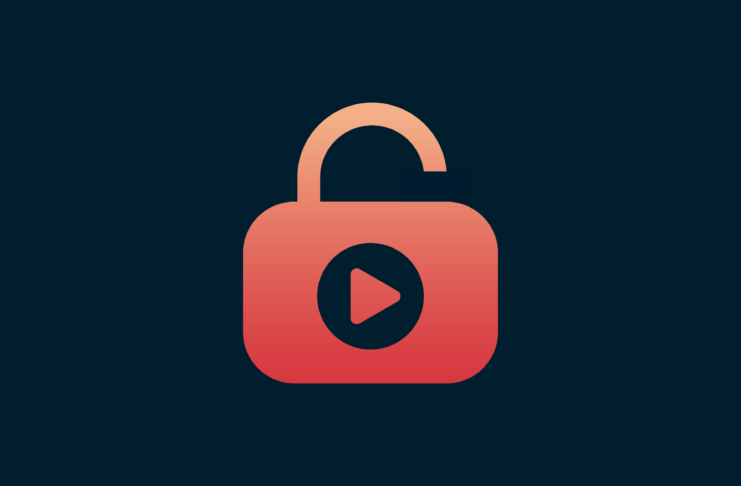Anonymous has beef with Donald Trump.
Earlier this week the hacking network released a video declaring “total war” on the U.S. presidential hopeful, claiming his racist stance and unkind remarks warranted an all-out attack. According to Anonymous, “Operation Trump” will go into full effect April 1st.
We’ve heard a lot about Anonymous over the years, but who are they? And just how worried should Trump and his cavalcade of supporters really be?
From Pasty Keyboard Warriors to Global Freedom Fighters
Anonymous is a loose network of hacktivists (hacker activists) who aspire to change the status quo. They’re strongly against any and all forms of censorship, as well as government surveillance. The group is said to have originated in 2003 when a few random users came together to talk about anarchy, oppression, and the state of things on 4Chan image boards.
“We are Anonymous. We are legion. We do not forgive. We do not forget. Expect us.”
In 2006, they caught their first glimpse of attention after infiltrating the Finnish social networking hub Habbo and blocking access to certain parts of the site. Reports had surfaced how the site had been racially profiling certain users, so Anonymous decided to strike back.
They made a name for themselves, but it would be another two years before anyone outside of 4Chan circles would recognize it.
Anonymous Reached Near Divinity When They Hacked the Church of Scientology
Flash forward to 2008 when Anonymous made headlines by releasing a macabre video declaring war on the Church of Scientology. In the video below the group claims the church had been exploiting its members for years and therefore deserved to be brought down.
“For the good of your followers, for the good of mankind—and for our own enjoyment—we shall proceed to expel you from the Internet.”
A series of DDoS attacks and various waves of in-person protests followed. Thousands of protesters wearing Guy Fawkes masks flocked to Scientology centers around the world, forever damning the church’s reputation and costing millions in damages.
The church suffered massive attacks to their website, but worse they suffered irreparable damage to their credibility.
This was the first time hacktivists united under the same banner, for the same cause, and it set the stage for what was to happen next.
Avenging Assange and Toppling Government Oppression
In 2010, the U.S. tried to close the whistleblowing website WikiLeaks by forcing sites like Amazon, PayPal, and MasterCard to remove their services from the site. By doing so, the government could block off any and all access to the site’s public funds.
In response, Anonymous launched an attack named “Operation Avenge Assange”, where they temporarily brought down PayPal’s, Visa’s, and MasterCard’s websites.
PayPal estimated the damages had cost the company $5.5 million, which subsequently led to 14 Anonymous arrests.
13 out of the 14 hackers pled guilty to the attack, but WikiLeaks lives on.
Fighting Oppression and Giving Back to the People
Shortly after, Anonymous took to Tunisia in support of the Arab Spring by launching numerous DDoS attacks on Tunisian government websites. They also helped empower the Tunisian people by providing them with the proper tools and information needed to hack the government (one of which being the Tor browser).
This led to a massive government uprising which eventually helped topple the dictatorship.
Similar attacks occurred in Egypt, where Anonymous helped restore certain parts of the Internet that were being censored by the government. The group also hacked and took down numerous government websites. These sites remained offline until then-president Hosni Mubarak officially resigned.
Countless other attacks have been documented–including the famous Westboro Baptist Church hacking, where Anonymous released the names, numbers, email and home addresses of many of the church’s members in a tweet.
Westboro Baptist Church Dox | https://t.co/RDTaMpWc Have fun, and remember, these are terrible people who picket funerals | #YAN #OpWestBor
— Anonymous (@YourAnonNews) December 17, 2012
This is only a glimpse of the group’s exploits. You can see a more cohesive timetable here.
How Big Is Anonymous?
Here’s the thing, Anonymous isn’t so much an organization as it is an ideology. What started as a simple 4Chan message board has morphed into a global cause for advocacy that is growing by the day.
Anonymous has received attention from both sides of the advocacy spectrum, from being hailed as heroes to being called cyber terrorists. In 2012, the group was named one of the most influential people in the world by Time Magazine.
Because Anonymous is ubiquitous, they’re able to coalesce whenever and however they want. There are no company headquarters, no (known) agendas, and no real way to tie anything back to them. But while this helps them stay private it also opens the door for other people to claim attacks in their name. It’s virtually impossible to tell who’s the real Anonymous and who’s not. Are these threats against Trump legitimate?
While we’re unable to answer this, we can safely say their numbers are growing.
Should Trump and co. be concerned? You tell us.
Featured image: “Anonymous at Scientology in Los Angeles” by Vincent Diamante is licensed under CC BY-SA 2.0.
